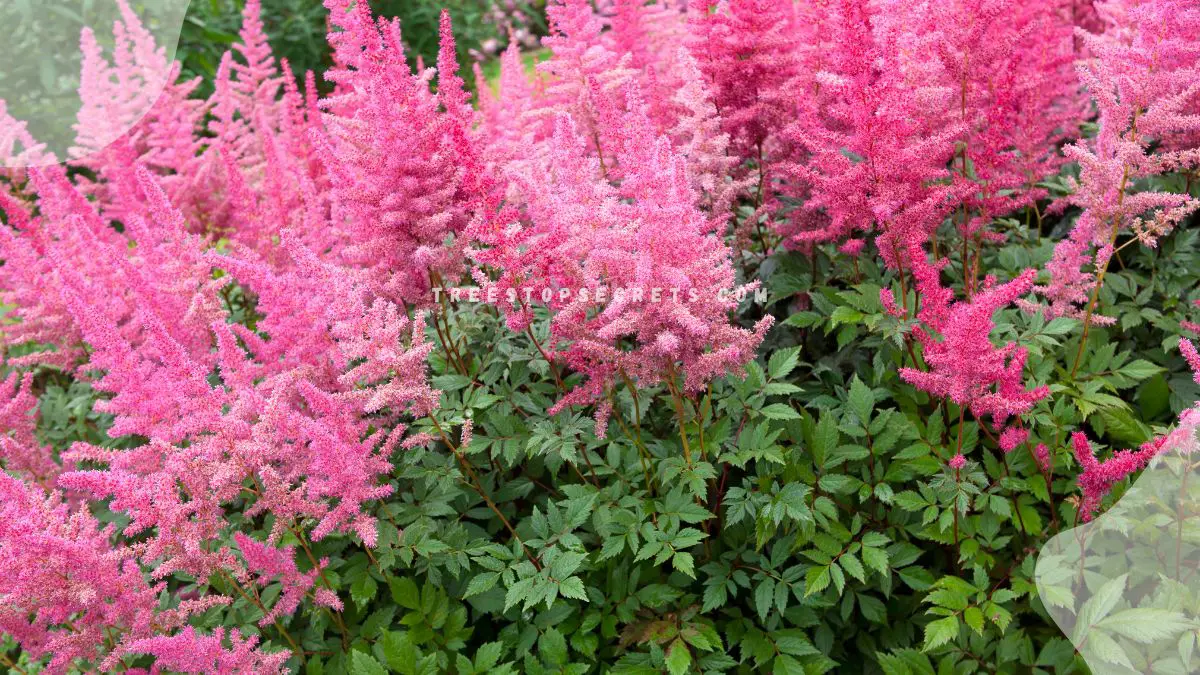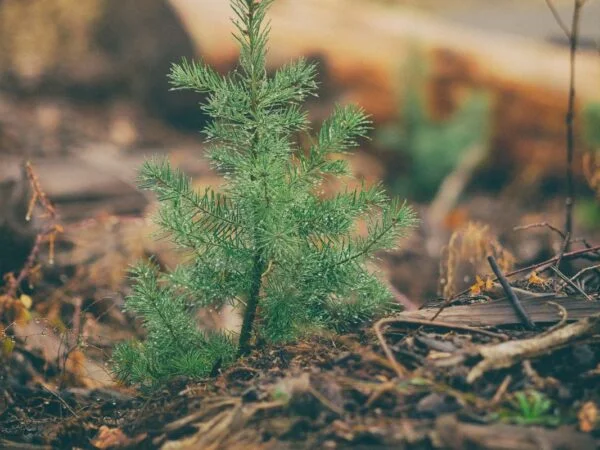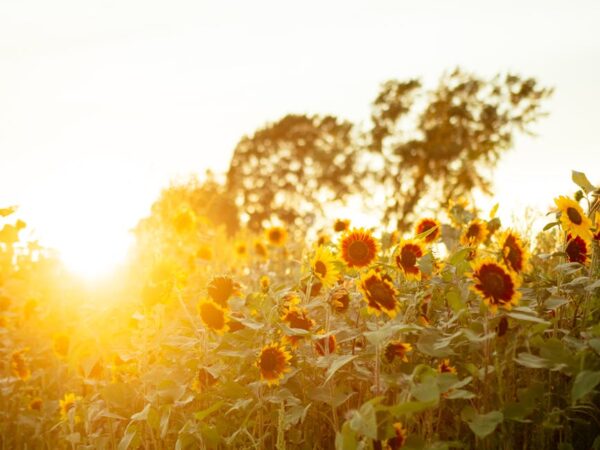Looking to brighten up shady spots in your garden? Discover a stunning array of shady perennials and summer bloom flowers that thrive in the shade, adding pops of color where sunlight is scarce. Contrary to popular belief, there are plenty of vibrant blooms that flourish in low-light conditions, offering a striking contrast to traditional sun-loving plants including partial shade flowers and robust shade. From delicate impatiens to elegant hostas, these shade-loving beauties prove that you don't need direct sunlight for a spectacular garden display. Say goodbye to dull, shadowy areas and hello to a lush oasis filled with captivating blossoms.
Key Takeaways
- Choose Shade Flowers Wisely: Select shade flowers based on their adaptability to low light conditions and your garden's specific requirements.
- Opt for Top Shade Flower Varieties: Consider popular shade flowers like impatiens, begonias, and hostas for vibrant and thriving shady spots.
- Mix Annuals and Perennials: Combine annuals like coleus with perennials such as astilbe for a varied and long-lasting shade garden display.
- Provide Proper Care: Ensure shade flowers receive adequate moisture, appropriate soil conditions, and occasional fertilization to support healthy growth.
- Embrace the Benefits of Annuals in Shade: Appreciate the versatility and color options that annual shade flowers offer for seasonal interest in shaded areas.
- Follow Growing Tips for Perennials: Implement strategies like dividing perennials regularly to maintain their vigor and enhance their performance in shaded settings.
Why Choose Shade Flowers
Add Color to Dark Areas
Introduce vibrant flowers to brighten up shady corners. Create contrast with colorful blooms for visual interest. Enhance garden aesthetics by planting shade-loving flowers strategically.
Variety in Garden Styles
Explore English, cottage, or woodland garden styles with shade flowers. Mix flower types for a unique garden style. Experiment with textures and colors to reflect your personality in the garden design.
Benefits for Garden Health
Improve the ecosystem with shade flowers attracting beneficial insects. Enhance soil health by planting various shade-loving flowers. Create a balanced microclimate by mixing sun-loving and shade-loving plants.
Top Shade Flowers
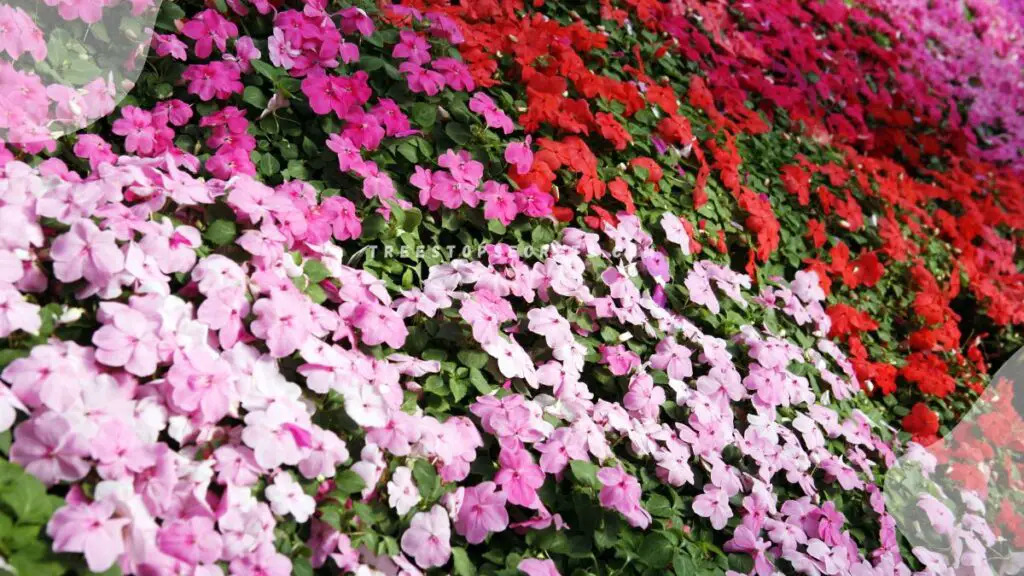
Annual Blooms
Enjoy continuous blooms throughout the growing season with shade-loving annual flowers. Experiment with different annual varieties to add seasonal interest to your garden. Easily change the color scheme of your garden by planting new annuals each year.
Perennial Beauties
Invest in long-lasting beauty with perennial shade flowers that return year after year. Create a low-maintenance garden by incorporating hardy perennial plants. Choose from a wide range of perennial flower options, shade plants, and dry shade to ensure blooms from spring to fall.
Annuals That Shine in Shade
SunPatiens
SunPatiens are versatile plants that thrive in both shade and full sun conditions, making them perfect for various garden settings. Their vibrant colors and abundant blooms can brighten up any shaded area, adding a pop of color to your outdoor space by planting them. Consider planting SunPatiens as a focal point in your shade garden to create a visually appealing display.
Flowering Tobacco
Experience the sweet fragrance and delicate blooms of Flowering Tobacco, also known as Nicotiana, in partial shade areas. These plants attract pollinators with their nectar-rich flowers, enhancing the biodiversity of your garden. The aromatic presence of Flowering Tobacco can create a sensory experience, adding another dimension to your outdoor space.
Diamond Frost Euphorbia
Add a touch of elegance to your garden with the delicate blooms of Diamond Frost Euphorbia. This hybrid perennial is known for its long blooming period, especially thriving in partial shade conditions. The airy appearance of Diamond Frost Euphorbia can help create a whimsical atmosphere in your garden, adding a unique charm to the overall landscape.
Torenia
Cascade shades of purple, white, or pink with the draping blooms of Torenia, ideal for hanging baskets. Enhance your garden borders or containers with the vibrant colors of Torenia, creating eye-catching displays. Combining Torenia with other shade-loving plants can result in a lush and colorful arrangement that transforms your outdoor space.
Perennials for Low Light
Toad Lily
Toad Lily, known for its unique six-petaled flowers in shades of white to light purple, adds charm to shady areas. Plant this perennial in the spring to enjoy late summer or fall blooms. The blooms of Toad Lily also attract wildlife like birds and butterflies, enhancing your garden's beauty.
Lungwort
Lungwort, a perennial shade plant, with its silver-spotted foliage and pink, blue, or white flowers, thrives in shady spots. This perennial is perfect for adding color to low-light areas in your garden. Its vibrant blooms not only brighten up shaded corners but also provide food for pollinators.
Bigroot Geranium
Bigroot Geranium, featuring large, deeply lobed leaves and delicate pink or purple flowers, is an excellent choice for shade gardens. This perennial plant spreads slowly, forming attractive ground cover in areas with limited sunlight. Its low maintenance nature makes it a popular option for busy gardeners.
Bleeding Heart
Bleeding Heart, characterized by its heart-shaped flowers in shades of pink and white, flourishes in shady conditions. This perennial plant adds a touch of elegance to shaded gardens with its graceful arching stems and romantic blooms. Plant perennial shade plants like Bleeding Heart along borders or in woodland settings for a stunning visual display.
Unique Choices for Shade Gardens
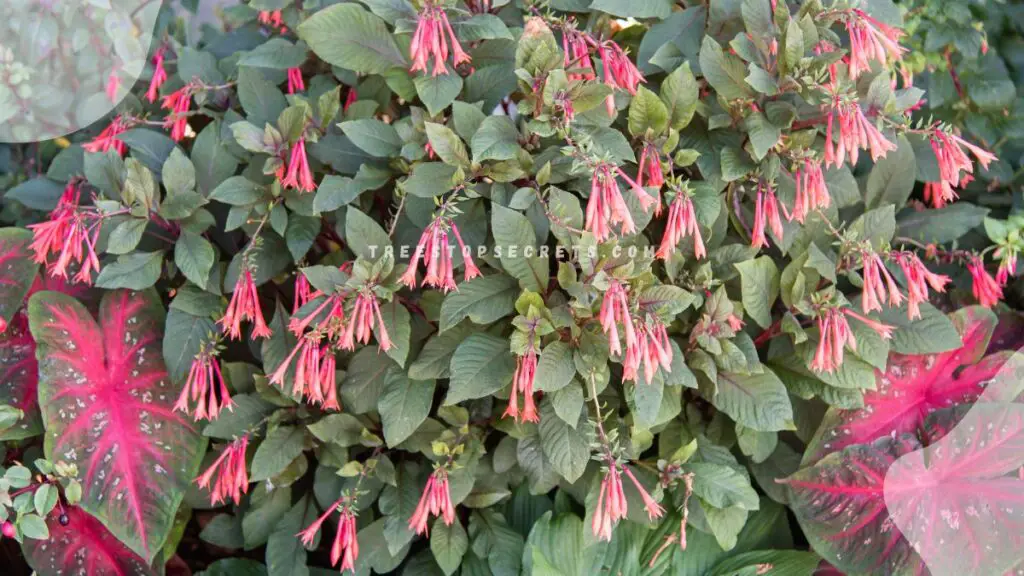
Shaded gardens provide a unique opportunity to cultivate various shades of plants that thrive in low light conditions. These plants are perfect for shady garden spots or tranquil shaded patio areas.
Fuchsia and Caladium
Fuchsia, known for its vibrant and pendulous flowers, adds a pop of color to any shaded garden. Caladium, with its colorful and decorative leaves, thrives in peaceful shades.
- Fuchsia offers a wide range of colors, from deep purple to bright pink.
- Caladium's heart-shaped leaves, perennial shade plants, come in various patterns like stripes and speckles.
Lobelia and Heuchera
Lobelia, with its delicate blooms in shades of blue, red, and white, is an excellent choice for shaded woodland settings. Heuchera, also known as coral bells, perennial shade plants, offers a variety of foliage colors like green, purple, and silver.
- Lobelia attracts butterflies and hummingbirds to your garden.
- Heuchera, perennial shade plants, is versatile and can be grown in containers or borders.
Nemesia and Browallia
Nemesia's fragrant flowers bloom in shades of pink, purple, and white, making it a delightful addition to any shade garden. Browallia, a perennial shade plant with its sky-blue flowers, thrives in shady spots.
- Nemesia is perfect for window boxes due to its compact growth habit.
- Browallia is easy to grow and attracts pollinators like bees and butterflies.
Care Tips for Shade Flowers
Soil and Watering
When it comes to soil for shade flowers, ensure it is well-draining to prevent waterlogging, which can lead to root rot. Water your shade flowers deeply but infrequently, allowing the soil to dry slightly between waterings.
To maintain healthy shade flowers, water them at the base of the plants to avoid wetting the foliage, which can invite diseases. Use a layer of mulch to retain moisture and suppress weeds around your shade flowers.
Fertilizing Needs
For fertilizing, choose a balanced fertilizer with equal parts nitrogen, phosphorus, and potassium. Apply fertilizer in early spring as new growth begins, following package instructions carefully to avoid over-fertilization.
Avoid fertilizing shade flowers during hot summer months to prevent burning the plants. Over-fertilization can lead to excessive foliage growth at the expense of flower production.
Pruning and Maintenance
Prune shade flowers regularly to remove dead or diseased branches, promoting new growth and overall plant health. Deadhead spent blooms to encourage continuous flowering throughout the season.
Inspect your shade flowers regularly for pests and diseases, addressing any issues promptly to prevent them from spreading. Proper maintenance practices will help keep your shade flowers thriving and looking their best.
Benefits of Annuals in Shade
Season-Long Color
Annuals are perfect for adding splashes of color to shady areas, brightening up even the darkest corners. Their vibrant blooms can last throughout the entire growing season.
Examples:
- Impatiens
- Begonias
- Coleus
Annuals like impatiens and begonias are known for their prolonged flowering period, ensuring a continuous display of colors in shady spots.
Quick Growth
Annuals are favored for their fast growth rate, quickly filling in bare spaces with lush foliage and beautiful flowers. This rapid growth makes them ideal for creating an instant garden makeover.
Examples:
- Torenia
- Lobelia
- Browallia
Torenia and lobelia are popular choices among gardeners due to their ability to establish and grow rapidly, transforming dull shady areas into vibrant floral displays.
Versatility in Use
Annuals offer versatility in landscaping, as they can be planted in various ways such as hanging baskets, containers, or flower beds. This flexibility allows for creative arrangements to suit different garden styles.
Examples:
- Fuchsia
- Caladium
- Sweet Potato Vine
Fuchsia and caladium are versatile annuals that can be used in hanging baskets to add a pop of color, while sweet potato vine is perfect for ground cover in shaded areas.
Growing Perennials Successfully
Right Plant, Right Place
Planting perennials in the appropriate location is crucial for their growth and development. Choosing shade-loving flowers that thrive in low-light conditions is essential. Examples include hostas, astilbes, and ferns.
To ensure successful growth, consider the specific light requirements of each perennial. Some plants prefer partial shade, while others thrive in full shade. Researching each plant's needs is vital.
Tips:
- Conduct thorough research on the light preferences of different perennials.
- Observe the sunlight patterns in your garden to determine the best spots for planting shade-loving flowers.
Understanding Light Levels
Understanding the varying light levels in your garden is key to selecting the right perennials. Differentiate between full shade, partial shade, and dappled shade areas.
Examples of light levels:
- Full Shade: Less than two hours of direct sunlight per day.
- Partial Shade: Two to four hours of sunlight daily.
- Dappled Shade: Filtered sunlight through trees or shrubs.
When planting perennials in shady areas, ensure they receive adequate indirect light to support their growth and blooming.
Mulching and Feeding
Mulching is essential for retaining moisture and regulating soil temperature around perennials. Use organic mulch, such as shredded leaves or bark chips, to improve soil quality and suppress weeds.
Feeding your perennials with a balanced fertilizer during the growing season enhances their overall health and flowering capacity. Choose a fertilizer specifically formulated for flowering plants.
Tips:
- Apply a layer of mulch around your perennials to maintain soil moisture.
- Follow the instructions on the fertilizer package for proper feeding schedules.
Closing Thoughts
Incorporating shade flowers into your garden not only adds beauty but also offers a practical solution for areas with limited sunlight. From vibrant annuals to resilient perennials, there is a wide range of options to choose from based on your preferences and gardening needs. By following the care tips provided and selecting the right plants, you can create a thriving shade garden that brings color and life to any shaded space.
As you explore the world of shade flowers, remember to consider your specific environment and the unique characteristics of each plant. Experiment with different combinations to create a personalized oasis of blooms in the shade. Embrace the opportunity to enhance your outdoor space with these versatile and stunning plants. Happy gardening!
Frequently Asked Questions
What are the benefits of planting shade flowers?
Shade flowers can enhance the aesthetics of your garden, provide a cooling effect, and create a soothing ambiance. They require less maintenance and can thrive in areas with limited sunlight, making them ideal for shaded spaces.
How do I choose the right shade flowers for my garden?
Consider factors like the level of shade, soil type, and climate when selecting shade flowers. Opt for varieties that are specifically labeled as suitable for shade conditions to ensure they thrive in your garden's environment.
Can annual shade flowers bloom throughout the year?
Annual shade flowers typically have a specific blooming season and may not flower all year round. However, with proper care and maintenance, you can prolong their blooming period and enjoy their colorful display for an extended time.
What are some unique choices for creating a shade garden?
Unique shade flowers like bleeding hearts, hostas, and astilbes can add interest and diversity to your shade garden. These plants offer distinctive foliage and blooms that can make your shaded space visually appealing and vibrant.
How can I ensure the successful growth of perennials in low-light conditions?
To grow perennials successfully in low-light areas, focus on providing adequate moisture, choosing the right plants for the specific light levels, and regularly monitoring their health. Proper soil preparation and occasional fertilization can also promote healthy growth.
Image Source: Paid image from CANVA

